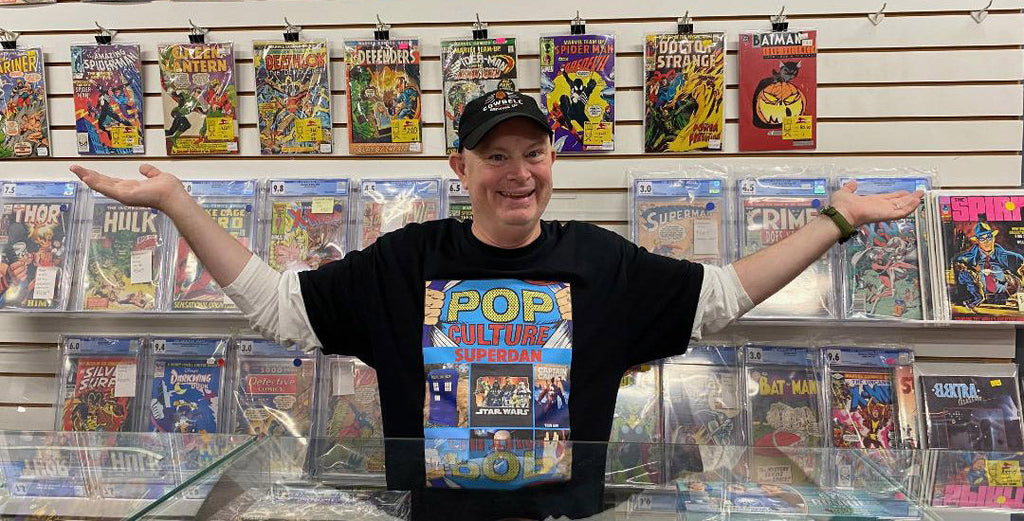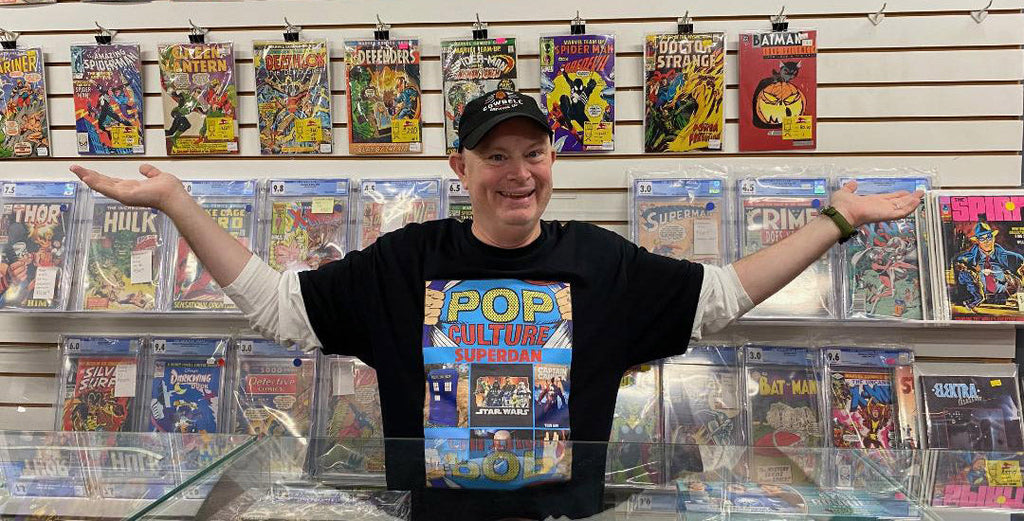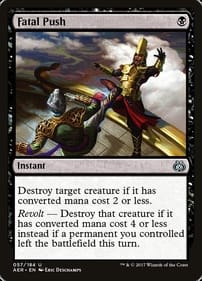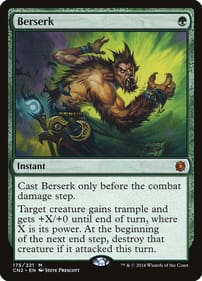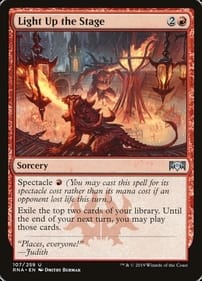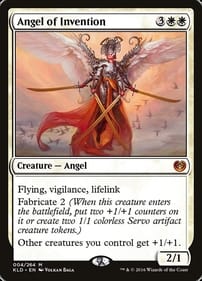Pop Culture Like Star Trek Used to be Disposable Fluff
By Dan Brown When I say “Star Trek,” I mean the old TV show that featured William Shatner as Captain Kirk and Leonard Nimoy as Mister Spock. I don’t mean the Next Generation or Voyager or Upper Decks or Strange New Worlds or anything else. And if you’ve seen a Star Trek rerun in the last few years, you’ll have noticed the special effects stand up remarkably well. Although it was made on a shoestring budget in the late 1960s for an audience that had low expectations of science-fiction television, those shots of the Enterprise look crisp. But here’s the thing: Those aren’t the original effects. When you see the Enterprise floating in space, fighting a battle, or high above a planet’s surface, those images were inserted into the original episodes in a remastering process that dates back only to 2006. So the Trekkies who fell in love with the series in the 1960s did so without the attraction of modern special effects. My purpose here isn’t to argue which version is better. Nor is it to speculate if Star Trek creator Gene Roddenberry would have approved of the new effects (he died in 1991). What I want to point out is how the revised Star Trek episodes represent a new attitude toward pop culture. What would surprise Roddenberry if he were alive is how long-lived his show has been. When the program originally aired from 1966 to 1969, TV didn’t have a great reputation. The medium was derided as “the boob tube” because the dominant perception was that the small screen appealed to those who weren’t all that bright. Consequently, Star Trek – which many consider classic stuff today – was just as disposable as any other show on the air at the time. In other words, despite embodying enduring social and political themes, individual episodes weren’t built to last. It didn’t matter back then if the show would hold up to repeated viewings, and I’m guessing the idea people would still be watching Star Trek in the year 2025 would have startled network executives. Nor is Star Trek the only example of pop culture that was created as ephemera that has far outlasted its creator’s intentions. Star Wars (by which I mean the movie with that title that came out in 1977) was made at a moment when few moviegoers were willing to pay to see a particular film multiple times. After all, a child’s ticket went for a whopping $1.50! Who could afford that in the hardscrabble Seventies, no matter how much you loved a film? As you likely know, several new coats of digital paint have been applied to Star Wars in the interim. There were versions with enhanced sound effects, then versions with enhanced visual effects, and on and on. They may have even released a 3D Star Wars for all I know. It doesn’t stop there. There are also updated editions – with outtakes put back in – of novels like George Orwell’s Nineteen Eighty-Four and Stephe King’s ’Salem’s Lot. Albums such as Bob Marley’s Legend have likewise been retouched. The important thing to note here is our feelings about pop culture like the original Star Trek series have changed: What was once a throwaway indulgence meant only for a moment’s pleasure is now taken seriously, even expected to transcend its time. Heck, there are even such journalists as Rob Salkowitz who specialize in writing about pop culture! That didn’t used to happen. Expectations have risen dramatically. You could even argue it’s pop culture like Star Trek and Star Wars that is partly responsible for creating an audience that wants more out of its TV, movies, music and so on, than a momentary distraction. Me, I prefer the “original” versions of things that were released back in the day. To my eyes, the first Star Wars motion picture had a certain low-budget charm so I didn’t need a new, “better” one. But I’m glad it’s still around, even in a modified form, to light the fire of imagination in the minds of a new generation of pop-culture enthusiasts who have higher expectations than I ever did. Dan Brown has covered pop culture for more than 32 years as a journalist and also moderates L.A. Mood’s monthly graphic-novel group.
Pop Culture Like Star Trek Used to be Disposable Fluff
By Dan Brown When I say “Star Trek,” I mean the old TV show that featured William Shatner as Captain Kirk and Leonard Nimoy as Mister Spock. I don’t mean the Next Generation or Voyager or Upper Decks or Strange New Worlds or anything else. And if you’ve seen a Star Trek rerun in the last few years, you’ll have noticed the special effects stand up remarkably well. Although it was made on a shoestring budget in the late 1960s for an audience that had low expectations of science-fiction television, those shots of the Enterprise look crisp. But here’s the thing: Those aren’t the original effects. When you see the Enterprise floating in space, fighting a battle, or high above a planet’s surface, those images were inserted into the original episodes in a remastering process that dates back only to 2006. So the Trekkies who fell in love with the series in the 1960s did so without the attraction of modern special effects. My purpose here isn’t to argue which version is better. Nor is it to speculate if Star Trek creator Gene Roddenberry would have approved of the new effects (he died in 1991). What I want to point out is how the revised Star Trek episodes represent a new attitude toward pop culture. What would surprise Roddenberry if he were alive is how long-lived his show has been. When the program originally aired from 1966 to 1969, TV didn’t have a great reputation. The medium was derided as “the boob tube” because the dominant perception was that the small screen appealed to those who weren’t all that bright. Consequently, Star Trek – which many consider classic stuff today – was just as disposable as any other show on the air at the time. In other words, despite embodying enduring social and political themes, individual episodes weren’t built to last. It didn’t matter back then if the show would hold up to repeated viewings, and I’m guessing the idea people would still be watching Star Trek in the year 2025 would have startled network executives. Nor is Star Trek the only example of pop culture that was created as ephemera that has far outlasted its creator’s intentions. Star Wars (by which I mean the movie with that title that came out in 1977) was made at a moment when few moviegoers were willing to pay to see a particular film multiple times. After all, a child’s ticket went for a whopping $1.50! Who could afford that in the hardscrabble Seventies, no matter how much you loved a film? As you likely know, several new coats of digital paint have been applied to Star Wars in the interim. There were versions with enhanced sound effects, then versions with enhanced visual effects, and on and on. They may have even released a 3D Star Wars for all I know. It doesn’t stop there. There are also updated editions – with outtakes put back in – of novels like George Orwell’s Nineteen Eighty-Four and Stephe King’s ’Salem’s Lot. Albums such as Bob Marley’s Legend have likewise been retouched. The important thing to note here is our feelings about pop culture like the original Star Trek series have changed: What was once a throwaway indulgence meant only for a moment’s pleasure is now taken seriously, even expected to transcend its time. Heck, there are even such journalists as Rob Salkowitz who specialize in writing about pop culture! That didn’t used to happen. Expectations have risen dramatically. You could even argue it’s pop culture like Star Trek and Star Wars that is partly responsible for creating an audience that wants more out of its TV, movies, music and so on, than a momentary distraction. Me, I prefer the “original” versions of things that were released back in the day. To my eyes, the first Star Wars motion picture had a certain low-budget charm so I didn’t need a new, “better” one. But I’m glad it’s still around, even in a modified form, to light the fire of imagination in the minds of a new generation of pop-culture enthusiasts who have higher expectations than I ever did. Dan Brown has covered pop culture for more than 32 years as a journalist and also moderates L.A. Mood’s monthly graphic-novel group.
Visit Strange New Worlds In Byrne Star Trek Omnibus
By Dan BrownFew comic creators do Star Trek as well as industry legend and sometime Canadian John Byrne. That thought entered my head as I was watching a recent episode of Star Trek: Strange New Worlds. Have you been following the show? I think this summer’s second season is much stronger than the first.Indeed, it’s a Golden Age on the small screen for Star Trek fans, who now have several series to choose from, including the workplace comedy Lower Decks, the recently concluded third season of Picard, the just-axed Prodigy, and the unwatched-by-me Discovery.SNW, which features doomed Captain Christopher Pike, offers a fresh twist on established Trek continuity. As we know from the original series, Pike has a tragedy waiting for him in his future, but SNW sets that premise on its ear by positing that Pike knows he is in for a world of hurt.One of the other characters from SNW – the Enterprise’s Number One – is fleshed out in an anthology published in 2014 by IDW, which contains four interconnected stories Byrne drew and wrote. If Star Trek excites you, I recommend you hunt it down.I would put Star Trek: The John Byrne Collection at the top of the heap as far as Trek comic adaptations – of which there have been many over the decades – go.My suspicion is that Byrne, famed for his work on Uncanny X-Men, Fantastic Four and Superman, had very specific stories in mind for his stint at IDW. (I honestly don’t know if he approached the publisher with a pitch, or if IDW asked the illustrator/writer to create the comics that make up this collection.) Reading the hefty volume, I get the sense Byrne is a huge Star Trek fan and knew exactly what he wanted to do, including putting the spotlight on Pike’s second-in-command. And, for the record, the Number One in SNW follows an entirely different path from the comic character, so I doubt the show’s creators read the Byrne compilation before SNW launched, which is fine by me since I can’t get enough of her in either medium.The Byrne treasury also offers an intriguing look at another minor character from the original show, Gary Seven. If I remember my Gene Roddenberry lore correctly, he aimed to have the mysterious and powerful Seven star in his own show. Byrne offers a tantalizing glimpse at what such a program might have looked like, had Roddenberry’s ambitions been realized. Byrne also sheds light on the inner workings of the Romulan homeworld, where the spheres of politics and romance are indistinguishable. And what Trek fan could resist a storyline with the title Leonard McCoy: Frontier Doctor? Being just a humble country doctor doesn’t make his adventures in deep space any less compelling. Another anthology I read this summer is 2009’s Star Trek: Mission’s End. I prefer Byrne’s clean lines to Steven Molnar’s art, but the real reason to grab this trade paperback is the writing by Canada’s own Ty Templeton, who was given the daunting task of bridging the gap between the original series and Star Trek: The Motion Picture.In other words, Templeton had to explain why Kirk takes the desk assignment as an admiral that he is so ambivalent about at the beginning of the first Trek movie, why McCoy quits the Enterprise (you’ll recall he has to be drafted by Starfleet to join Kirk before they investigate V’Ger’s march toward Earth), and what led Spock to depart for Vulcan to get more in touch with his logical side. One other item on my summer reading list is Star Trek: The Enterprise Logs Volume One and Two, which harken back to the very earliest era of Star Trek in comics form back in the Gold Key days. I think it’s fair to say these earliest imaginings of Trek on the page are, well, a mixed bag. Sure, each issue was about Kirk and company, but I’m pretty sure they were written and drawn by individuals who hadn’t actually seen the show on TV. This leads to some inadvertent comedy, as when Scottish Enterprise engineer Montgomery Scott is depicted as having blond hair.Heck, the artist or artists (Gold Key had a policy of not including credits in these comics) didn’t even put the Starfleet logo on the crew’s uniforms!Dan Brown has covered pop culture for 30 years as a journalist and also moderates L.A. Mood’s monthly graphic-novel group.


